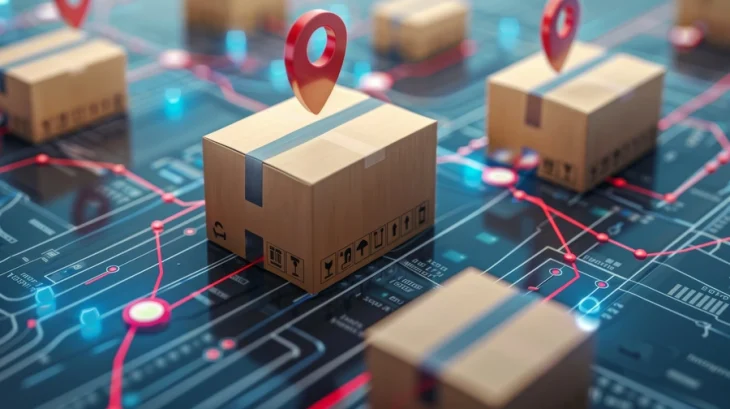
The courier industry has always been built on speed and dependability. Whether it’s a local parcel or a time-critical business delivery, getting from A to B efficiently matters. But traffic jams, wrong turns and poor route planning have often caused delays that knock everything off track. Now, thanks to advances in artificial intelligence, couriers are getting a helping hand to avoid these problems and deliver with much more confidence.
One of the most impressive ways AI is helping is through route optimisation. Traditional route planning often relied on local knowledge, basic satellite navigation systems, or even manual checks. That might work on a quiet day, but when the roads are busy or conditions change fast, it’s not always enough.
AI tools can analyse real-time traffic data, roadworks, weather conditions and delivery patterns to find the best route at any given moment. It does all of this in seconds, something that would take a human planner much longer. As a result, drivers can avoid bottlenecks, take more efficient routes and spend less time sitting in traffic.
For customers, the main benefit is simple. Parcels turn up when expected. When delivery times are tight, even a short delay can be frustrating. AI reduces the chance of these issues by helping drivers anticipate potential hold-ups before they become a problem.
Some systems can also predict when a delay might happen based on patterns and historical data. For example, if a particular road is consistently slow during school run time, the system learns to avoid it without being instructed. That kind of insight means more consistent delivery times and happier customers.
AI is not just about getting parcels there faster. It also helps with cost savings and environmental impact. When routes are optimised, drivers take fewer unnecessary detours and use less fuel. That’s better for the planet and better for business.
Some courier firms are now combining AI route planning with electric delivery vehicles. Together, they create a more sustainable operation that still meets the demand for speed and accuracy. With increased pressure on companies to reduce emissions, this is a significant win.
Another benefit of AI-powered systems is their ability to provide valuable feedback to both customers and businesses. Real-time tracking is now more accurate than ever. As the system adapts to road conditions, the expected delivery time updates along the way.
This means customers are not left guessing. They know exactly when to expect their parcel, and if something changes, they get an update. Businesses also benefit because they spend less time handling delivery queries. It’s a more transparent process all round.
AI doesn’t replace drivers—it supports them. With less time spent figuring out the best route, drivers can focus on what they do best. The system handles the planning and adjusting so they don’t have to. That reduces stress and boosts efficiency.
It can also help with planning breaks, managing schedules, and ensuring deliveries are completed within working hours. This makes for a safer and more manageable working day, and can help reduce driver fatigue.
AI in courier services is still evolving. We’re already seeing systems that can learn from previous deliveries, adapt to seasonal demand and even help with warehouse packing and loading. The more data the system gets, the better it performs over time.
For customers, this means more reliable deliveries. For businesses, it means smoother operations and reduced costs. It’s clear that AI is no longer just a buzzword—it’s a practical tool that’s reshaping how courier services work across the UK and beyond.